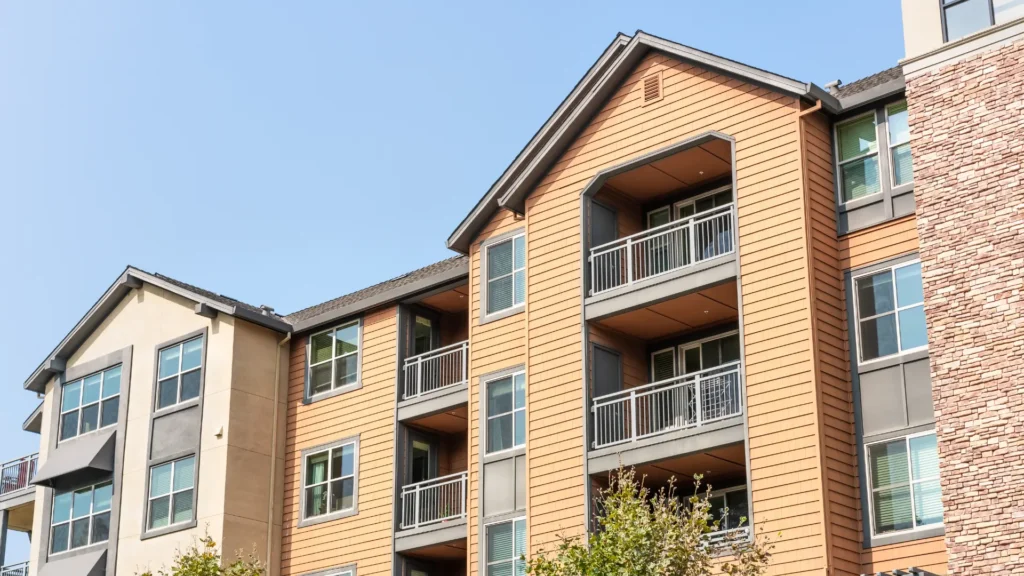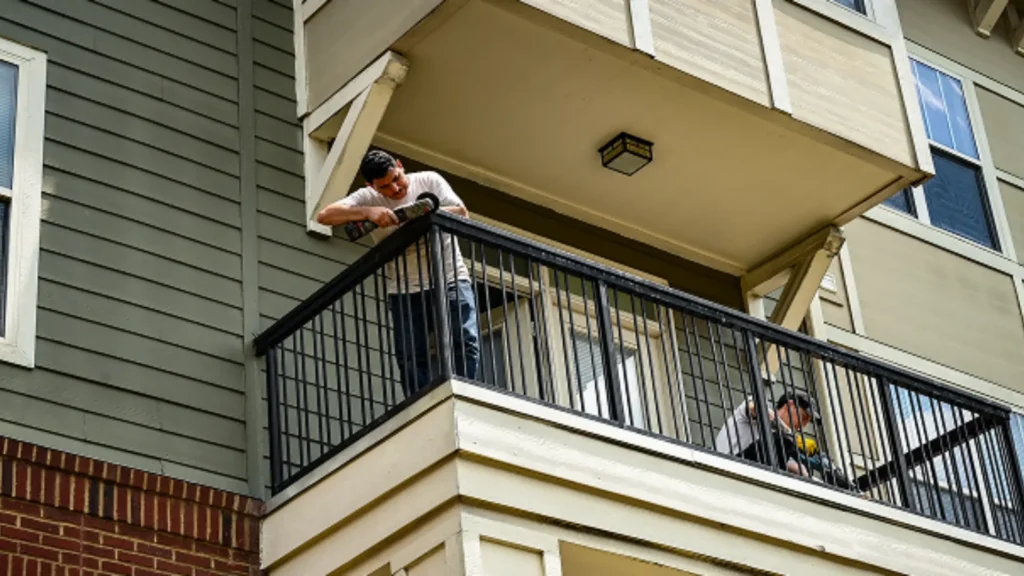The CapEx formula is one of the most important tools for property managers, housing authorities, and investors. It shows how much you’re spending on capital expenditures—the long-term investments that keep properties safe, compliant, and competitive. Unlike everyday operating costs such as utilities or payroll, these expenses cover big-ticket items like roofs, HVAC systems, and renovations.
Used correctly, the CapEx formula is more than just an accounting calculation—it’s a guide for planning renovations, budgeting for major systems, and staying ahead of HUD/NSPIRE inspections.
If you want to prepare your property for inspections and reduce costly surprises, schedule a pre-inspection with NSPIRE Experts to align your capital planning with compliance.

What Is the CapEx Formula?
The CapEx formula measures how much an organization spends on physical assets during a specific period. In accounting terms, it looks like this:
CapEx = (PP&E<sub>end</sub> – PP&E<sub>beginning</sub>) + Depreciation
Where PP&E stands for property, plant, and equipment.
For example: if your building’s PP&E increased from $2 million to $2.2 million in a year, and you had $100,000 in depreciation, your CapEx = $300,000.
That number tells you how much was actually spent improving or replacing long-term assets.
CapEx vs. OpEx in Real Estate
It’s important to separate CapEx from operating expenses (OpEx).
- OpEx = routine expenses like utilities, salaries, or small repairs.
- CapEx = long-term investments like roof replacement, HVAC upgrades, or full apartment renovations.
For example, patching a leak is OpEx; replacing the roof is CapEx.
To streamline your recurring expenses, learn how to manage day-to-day work orders with our system.
For a broad financial overview, see Investopedia’s explanation of operating expenses vs capital expenditures.

Why the CapEx Formula Matters for Property Owners and Managers
The CapEx formula is more than a math equation—it’s a planning framework. By calculating CapEx, property managers and investors can:
- Track how much is being reinvested in the property.
- Separate day-to-day maintenance from major capital projects.
- Forecast reserves needed for future system replacements.
- Present accurate budgets for HUD and lenders.
Using the CapEx Formula for Budgeting
Budget forecasts rely on CapEx data. For example, if your roof will need replacement in five years, the CapEx formula helps you plan for it without disrupting cash flow.
The CapEx Formula in Compliance Planning
HUD’s NSPIRE standards emphasize health, safety, and habitability. Many deficiencies—like broken windows, failing plumbing, or aging electrical systems—require capital expenditures to correct. Using the CapEx formula ensures you’re budgeting enough for compliance projects.
Explore apartment renovations that align with HUD standards to see how CapEx planning protects both tenants and property value.

HUD Guidance on Capital Expenditures
HUD requires housing authorities and multifamily operators to track and plan capital expenditures carefully.
Eligible Activities for Capital Funds
CapEx projects include:
- Roofing replacements
- HVAC and plumbing upgrades
- Structural repairs
- Window replacements
- Unit modernization
See HUD’s Capital Fund Guidebook on eligible activities for full details.
HUD Accounting Rules for Capitalization
HUD also provides guidance on depreciation and capitalization, helping managers record and justify expenditures. More details can be found in HUD’s accounting brief on capitalization.

Common Mistakes When Applying the CapEx Formula
Even experienced managers make errors when calculating or applying the CapEx formula. Common mistakes include:
- Confusing operating expenses with capital expenditures
- Forgetting to add depreciation back into calculations
- Underestimating reserves needed for future system replacements
- Applying the formula without adjusting for property age or lifecycle
How to Avoid CapEx Planning Errors
- Use preventive inspections to identify capital needs early.
- Reserve funds for major replacements, not just repairs.
- Track building systems and their lifespans in detail.
- Review your CapEx regularly to avoid budget gaps.

How NSPIRE Experts Helps With Capital Planning
At NSPIRE Experts, we help property managers and housing authorities align their CapEx planning with compliance and modernization needs. Our team supports you with:
- Pre-inspections to identify deficiencies before HUD arrives
- Work order management to keep routine maintenance separate from capital projects
- Apartment renovations that improve compliance and tenant satisfaction
- Consulting and staffing for long-term capital projects
Start today by:
- Downloading the Free NSPIRE Checklist
- Contacting us for support on capital planning
- Scheduling a NSPIRE pre-inspection to protect your budget and your compliance scores
Make the CapEx Formula Work for You
The CapEx formula isn’t just about numbers—it’s about protecting your property, your tenants, and your funding. By applying it consistently, you can plan smarter, stay compliant with HUD standards, and maximize the long-term value of your investment.
Don’t wait until deferred maintenance turns into a failed inspection. Use the CapEx formula as your guide—and partner with NSPIRE Experts to ensure your capital projects are always aligned with compliance and ROI.
